Basking in the multi-sensory delights, age-old Athens is as magnetic as ever. As the aroma of grilled corn on the cob wafted across Syntagma Square and brilliantly-clad Evzone guards marched with masterly precision, evocative melodies drifted in the sultry air from old laterna music boxes. Despite the train-wreck that is the Greek economy, and it’s painfully slow resuscitation, this ancient city has not lost its seductive pulling-power.
Yes, many neighbourhoods look scruffy – even derelict, obscenely drenched in graffiti. I’ve always thought Athens has strutted a generous sense of the shabby chic, but now, some neighbourhoods have shed the chic, they’re just plain shabby. But despite the confronting urban currents and social ills plaguing Athens, it is still an epic and special place. History slaps you in the face at every turn.
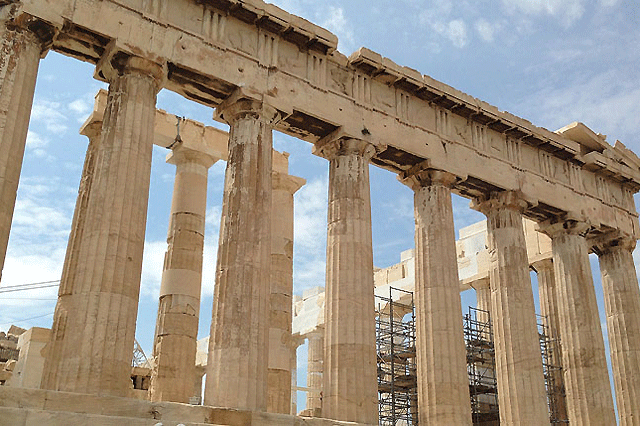
Feeling lost in the past is inevitable here, with so many ancient landmarks and dramatic ruins dominating the cityscape, headlined by the Acropolis on the Sacred Rock. Crowned by the Parthenon, which is being painstakingly restored, how extraordinary it must have looked 2400 years ago, when it was adorned with gold, ivory and precious stones? Despite being a shadow of its formative glory, the Parthenon’s bleached bones of double-decked white marble, sourced from the nearby Mt. Penteli, is a radiantly stirring sight.
A sense of ageless drama extends right across the Acropolis, with a multitude of architectural masterpieces. I still think the sweetest heart-stealer is the Erechtheion, where its southern portico is supported and graced by six flamboyant maiden sculptures, the Caryatids. If you’re heading up to the hill-top treasure, to walk in the footsteps of Pericles, Socrates and Plato, make an early start to beat the stampede of coach groups, and be here at 8am, when the gates swing open. The experience, sans the crowds, is so much more rewarding.
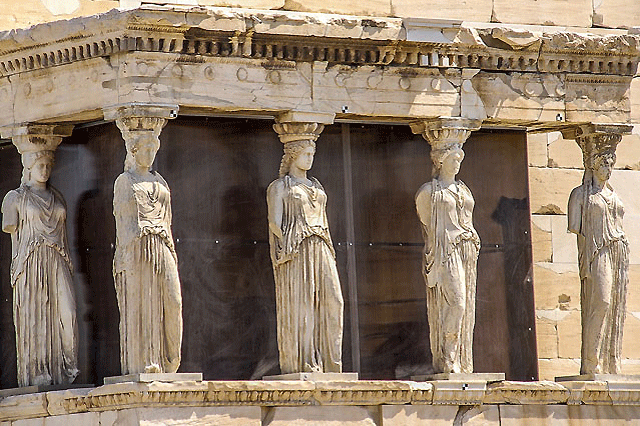
After descending from the Acropolis, follow the tree-lined pedestrian promenade around the base of the Rock, for more grand echoes of the Golden Age of Athens, notably the classical arenas , Dionysus Theatre and the Odeon of Herodes Atticus. He was a wealthy Athenian and Roman Senator who built the theatre in memory of his wife. How very Taj Mahal. I then made my first visit to the compelling and ultra-modern Acropolis Museum, which opened six years ago, just before the economic crisis engulfed Greece.
This light and airy museum is absolutely superb, brimming with thoughtfully-presented sculptures and artworks safeguarded from the hill-top temples. Unobstructed views of the Acropolis ensure the context is always felt. On the top-floor, the glass-encased Parthenon Gallery mimics the dimensions of the original building, replicating its lay out to give you a sense of being inside the temple shortly after its construction.
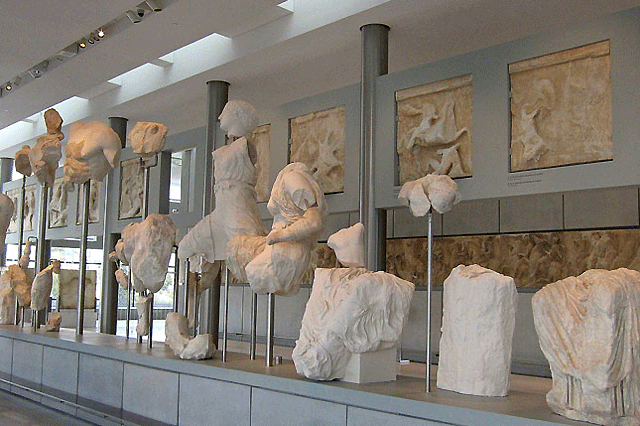
The top floor is dedicated to the marble frieze that once crowned the top of the Parthenon. About half of the pieces are originals, while the rest are white plaster copies, highlighting their absence and subtly making the case for their rightful return. The missing pieces were chiselled off the structure by Lord Elgin in 1801, after he bribed the local Ottoman rulers, and can now be found in the British Museum.
If you’re not “ruined” out, classical Athens offers a host of additional encounters with antiquity. Situated at the northern foot of the Acropolis, the Athenian Agora was the ancient marketplace, the focal point of public life – and stomping ground of Aristotle. As you wander the leafy paths, remnants of great public buildings and statues provide insights into the early workings of democracy, like the reconstructed Stoa of Attalos and the remarkably undamaged Temple of Hephaestus.
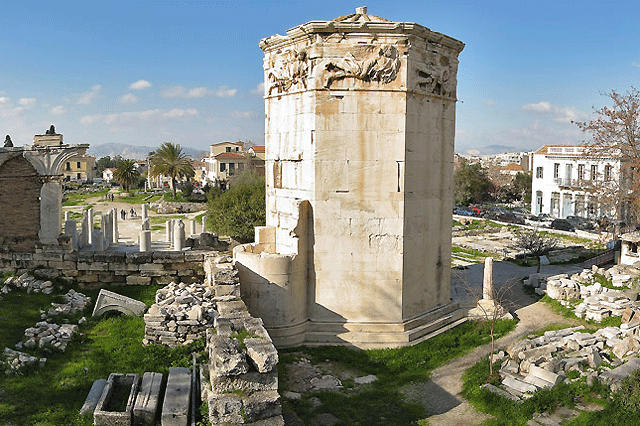
Fast forward several centuries to savour a taste of Roman rule in Athens, with the Roman Agora demonstrating Emperor Augustus’s preference for building on the flat ground of the city basin, below the Acropolis. Other instagrammble highlights include Hadrian’s Library, the Tower of the Winds, and the beautiful Byzantine churches.
Close to Plaka and Syntagma Square, tick-off Hadrian’s Arch, the ruins of the Temple of Zeus and the Panathinaic Stadium. I adore this venue. It is the only stadium in the world built entirely in marble, housing 50,000 spectators and built in 144 AD by Herodes Atticus of Odeon fame.After being excavated and refurbished, it was the main venue for the first modern Olympics in 1896 and was again used for the 2004 Olympics.
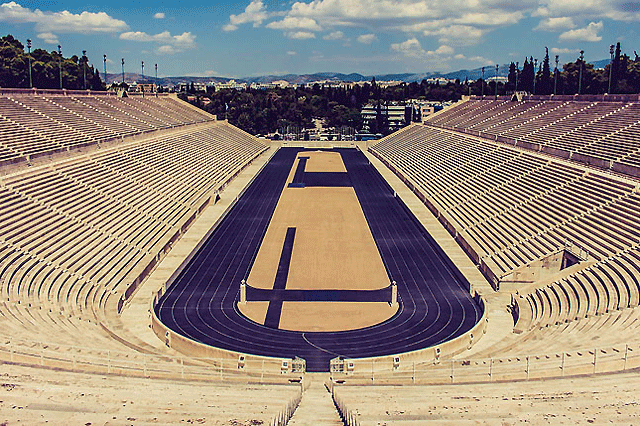
It’s also the last venue in Greece from where the Olympic flame handover ceremony takes place. Finish your landmark-hopping back at Syntagma Square, which is home to the Greek Parliament – a familiar sight on our TV screens in recent years, as it’s the focal point for staging public protests.
The neo-classical parliament was actually built as a Royal Palace in 1840, after the nation wrested its independence back from the clutches of the Ottoman Empire. At its base is the Tomb of the Unknown Soldier and the iconic ceremonial guards, the Evzones.

Dressed in traditional military costume, pom-poms adorn their boots, red pill-box hats with horse tails trailing off them symbolise blood and tears, while their swirling skirts feature four hundred pleats – one for every year of Ottoman rule. In between the hourly Changing of the Guard, stand alongside them for the obligatory cheesy selfie. But no touching!
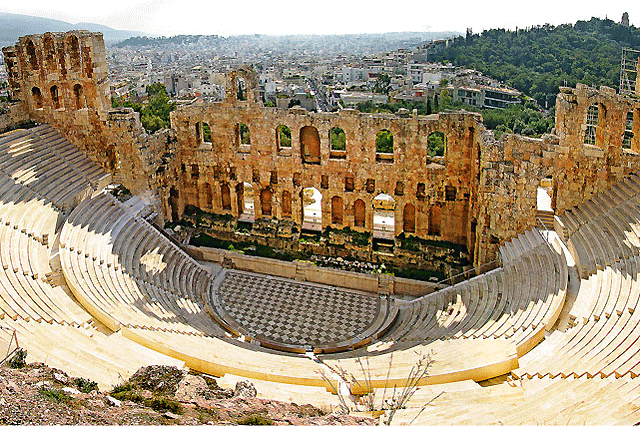
Where to Stay? A bargain-value property in the heart of old Athens is the charming Hotel Attalos. This 3-star family-run hotel, just metres from Monastiraki station, offers comfy air-conditioned rooms, fully equipped en-suite bathrooms & free WiFi. Savour the roof terrace’s exquisite panoramas of the Acropolis, while enjoying some cheeky cocktails. www.attaloshotel.com







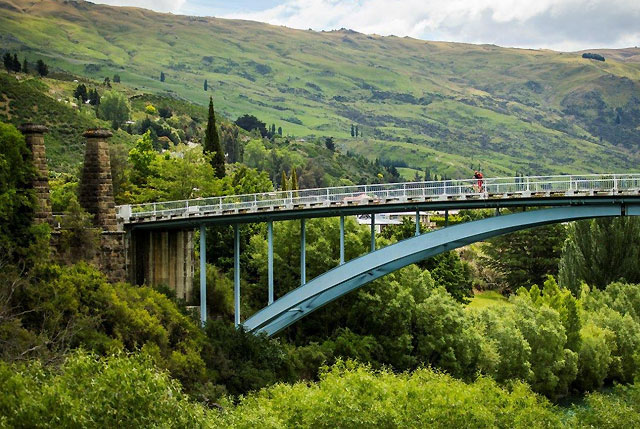
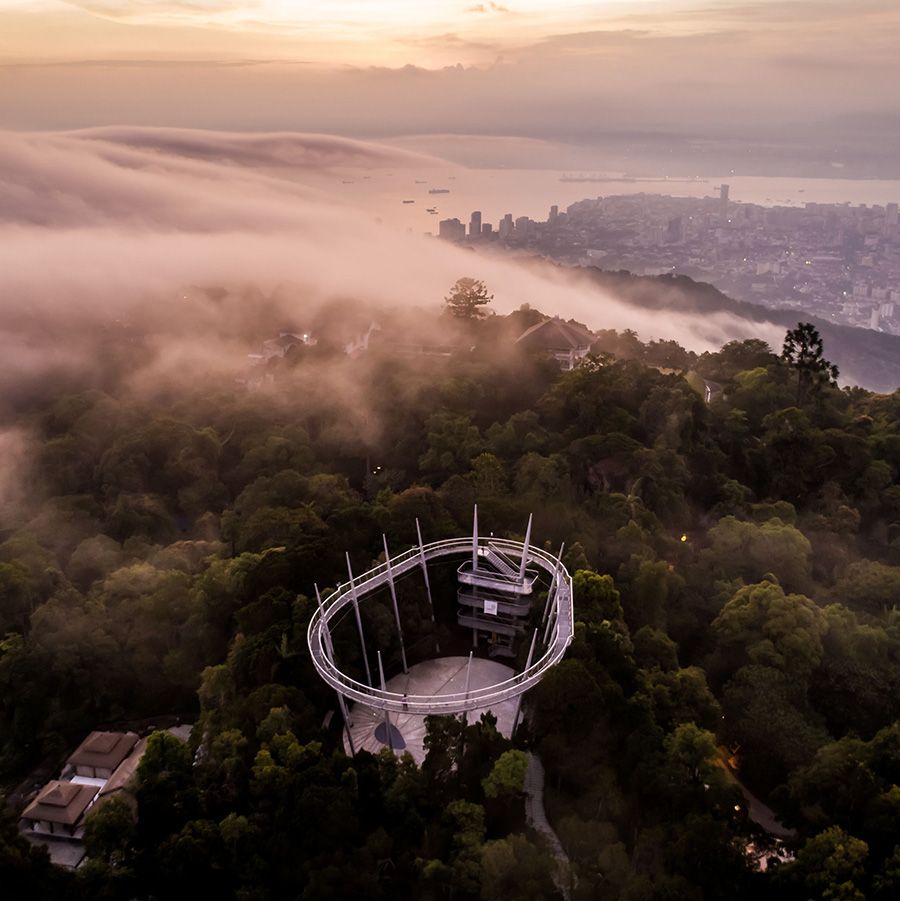




Recent Comments